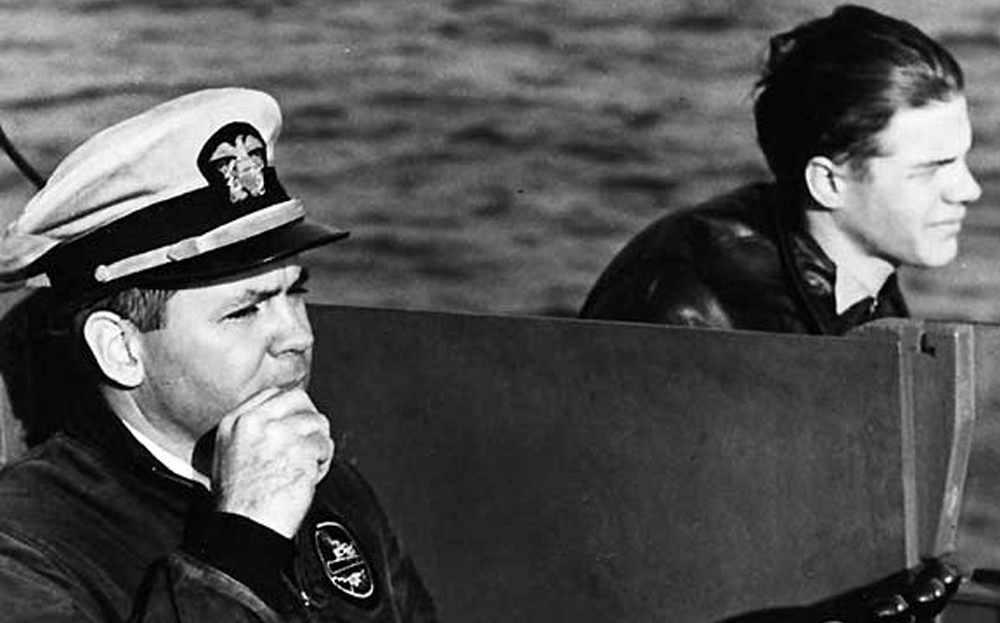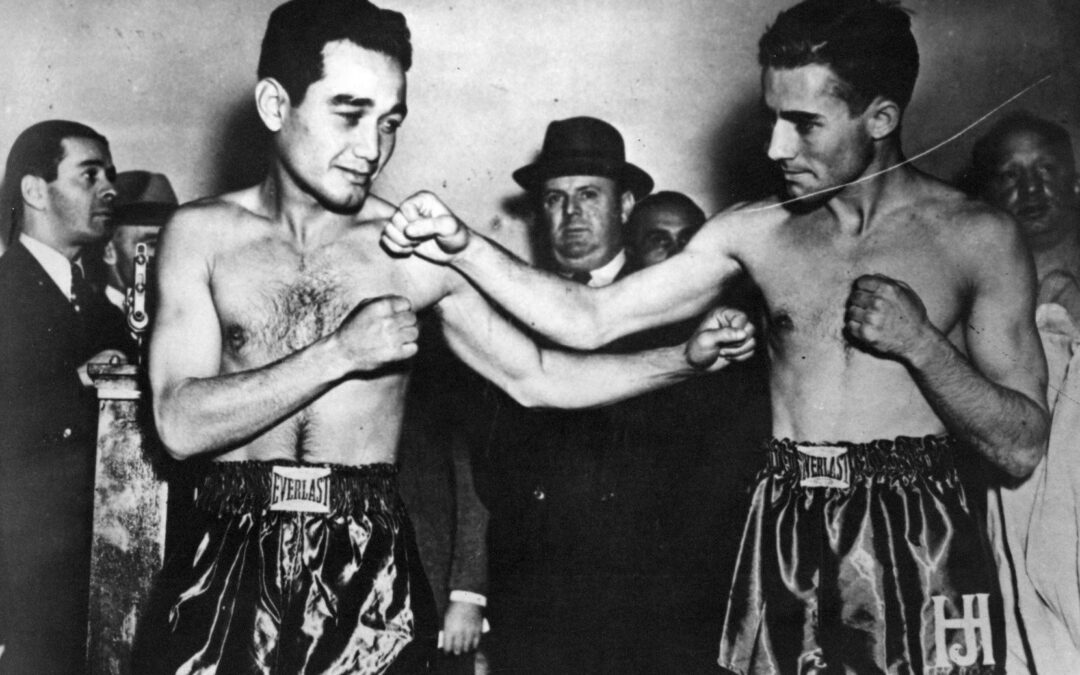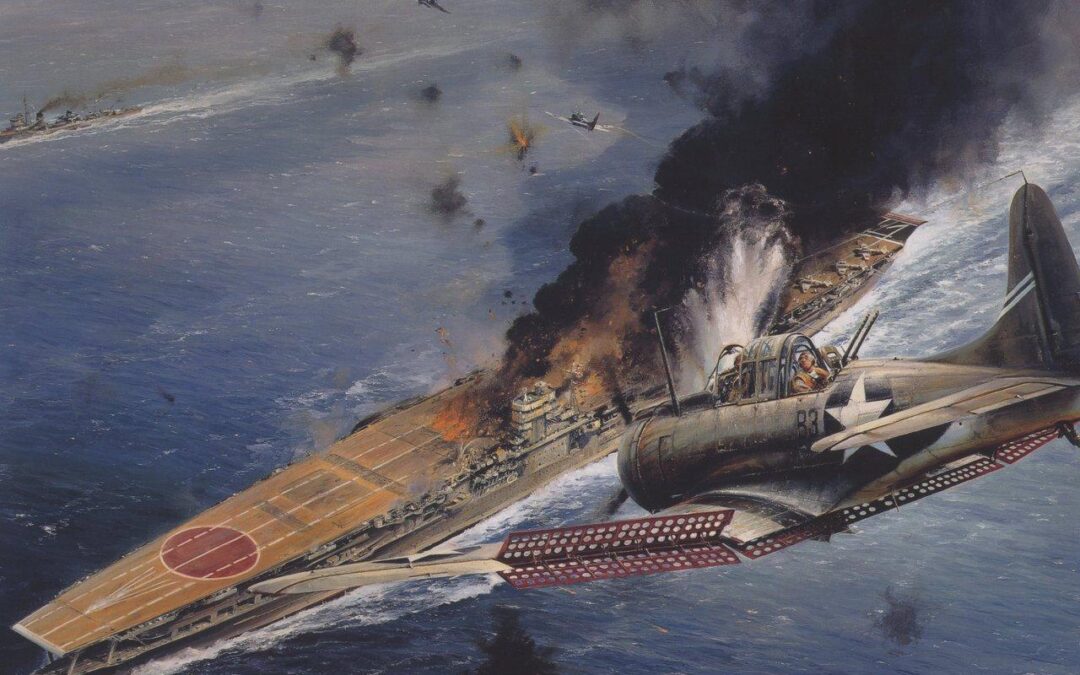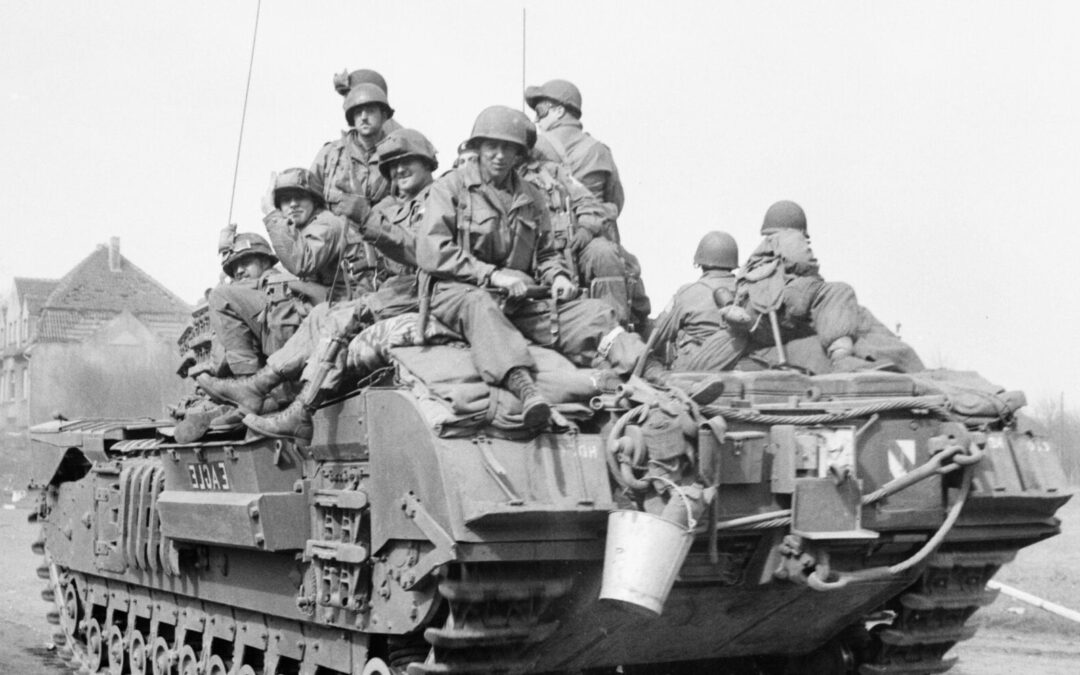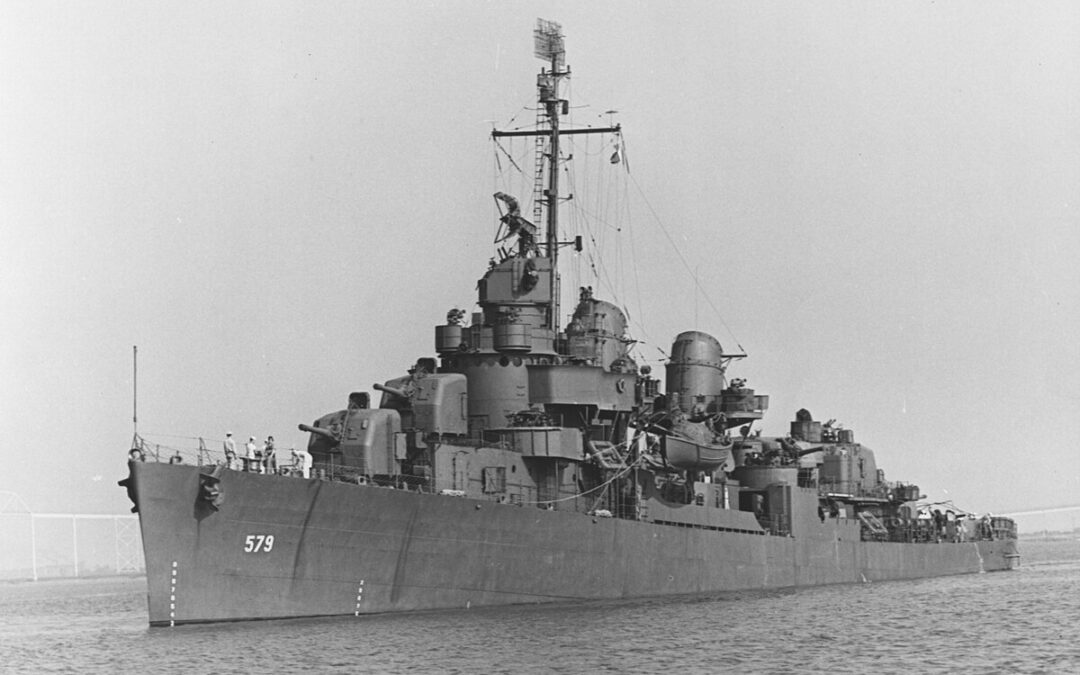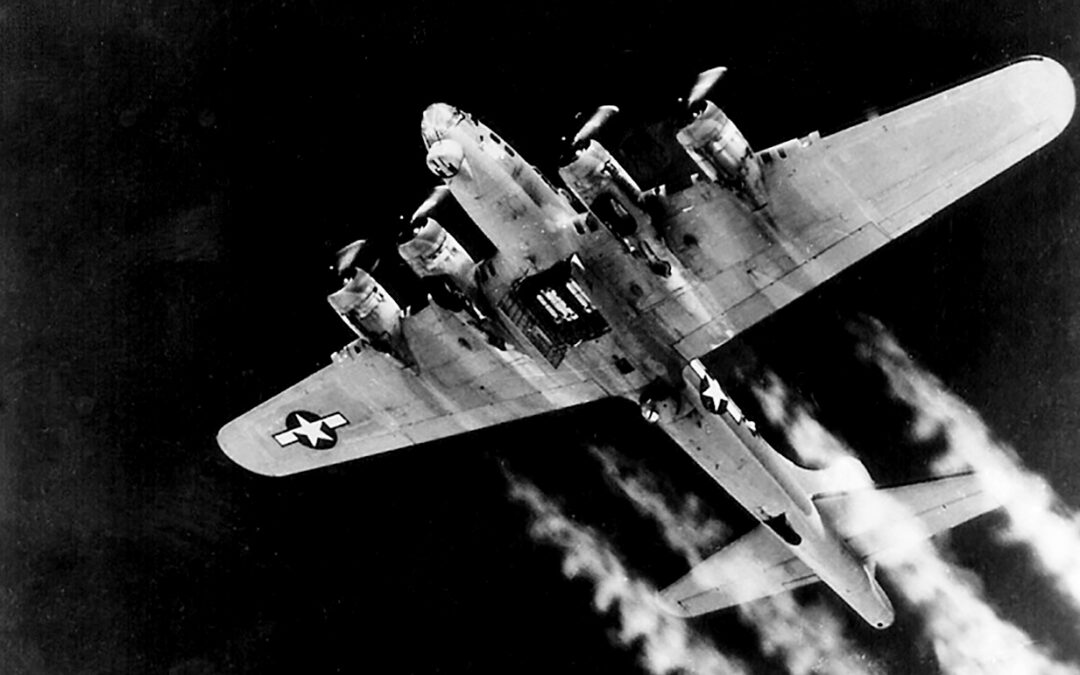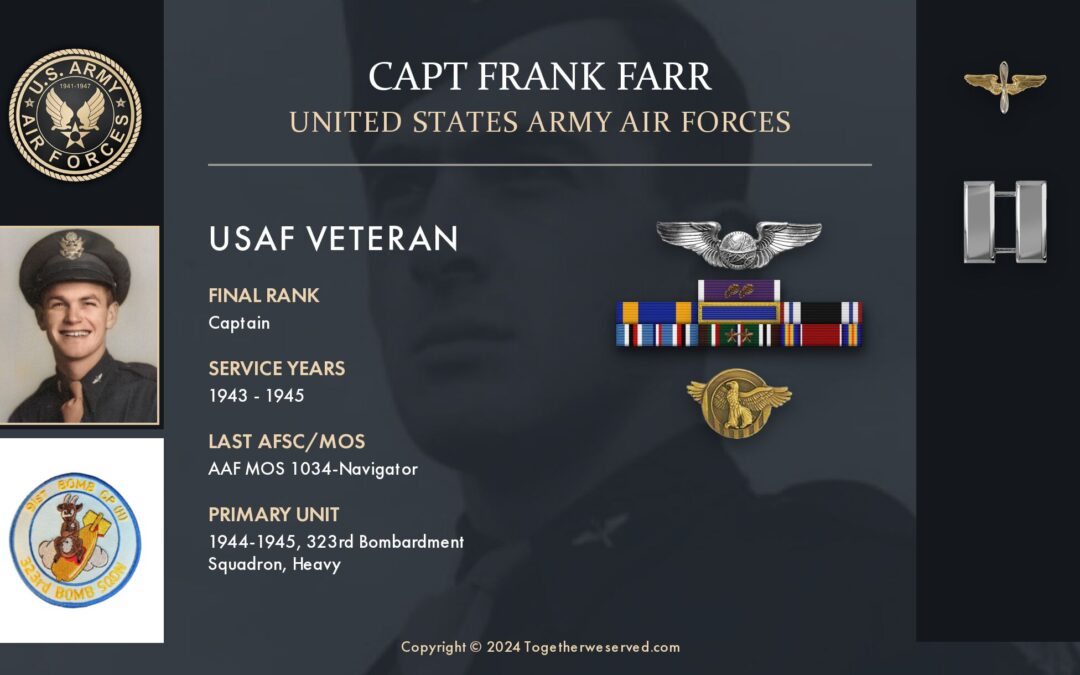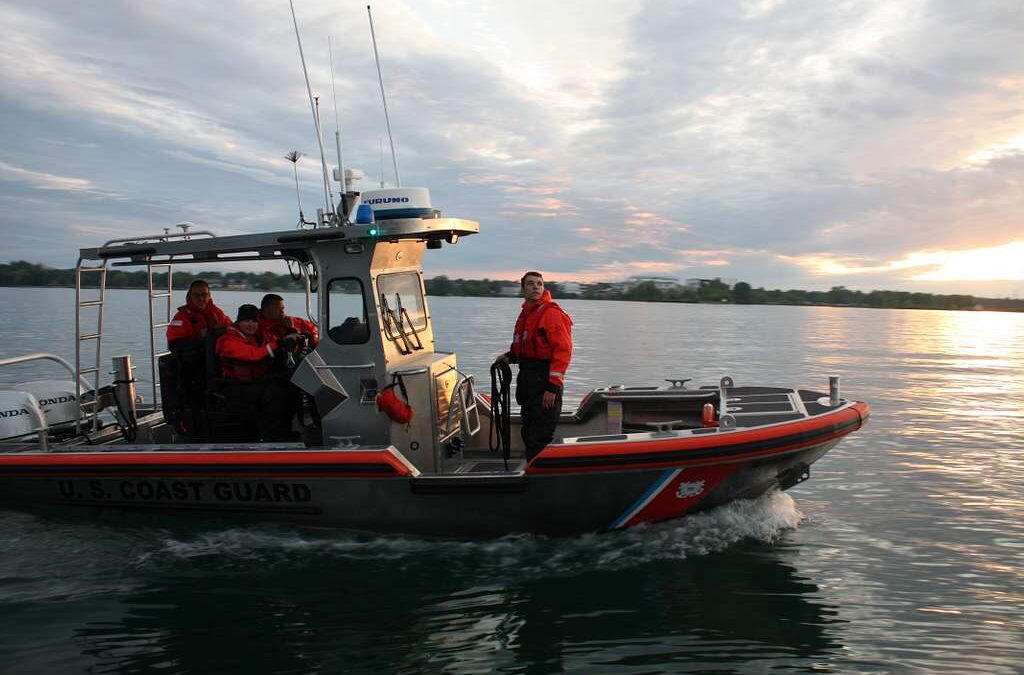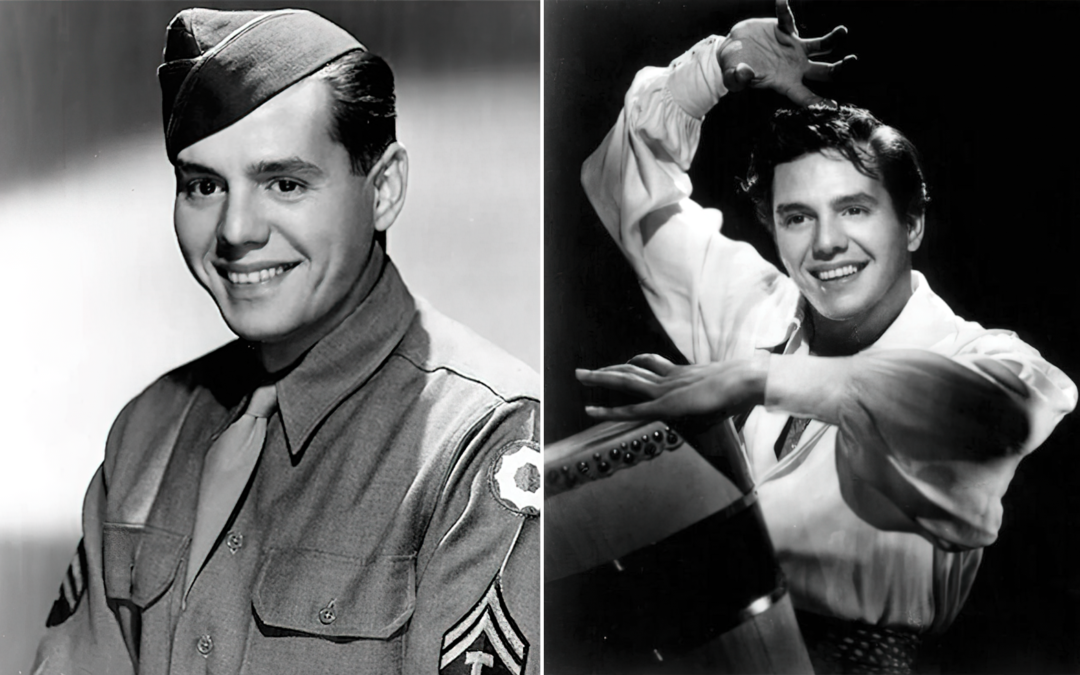John D. Bulkeley was a Vice Admiral in the United States Navy and one of its most decorated naval officers. Bulkeley received the Medal of Honor for actions in the Pacific Theater during World War II. He was also the PT boat skipper who evacuated General Douglas MacArthur from Corregidor in the Philippines. VADM John D. Bulkeley Led Daring WWII Missions John D. Bulkeley was born in New York City and grew up on a farm in Hackettstown, New Jersey, where he graduated from Hackettstown High School. He was a 1933 graduate of the United States Naval Academy. At the dawn of World War II, Bulkeley was a Lieutenant in command of Motor Torpedo Boat Squadron Three, a Philippine-based detachment of six motor torpedo boats. He hit his stride as a daring, resourceful and courageous leader. He picked up General Douglas MacArthur, his family, and his immediate staff, who had been ordered to flee the Philippines, and took them aboard PT 41 and other 77-foot (23 m) motor torpedo boats through...
